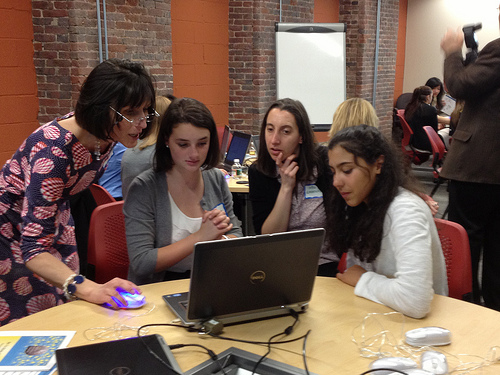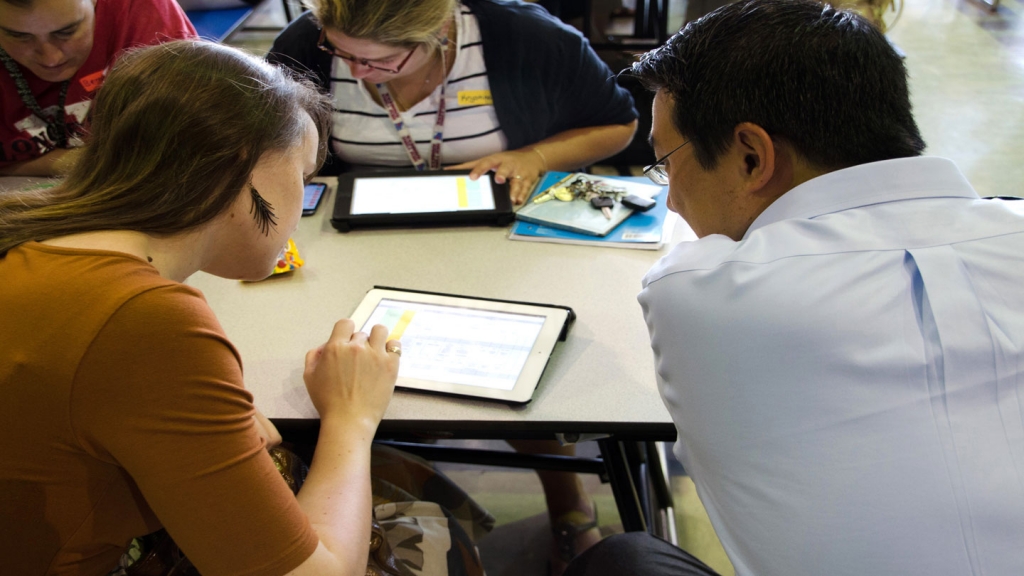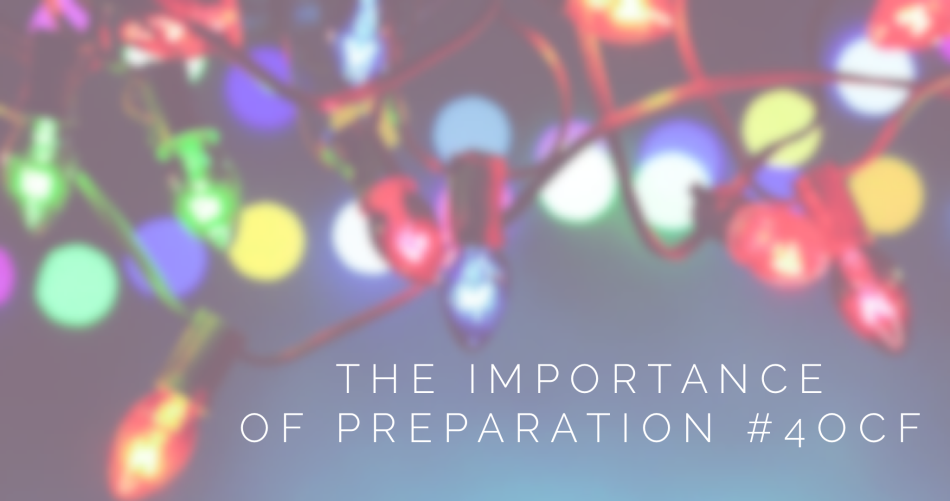Increased letter spaces increases reading speed and fluidity.
“Generally speaking, our lab is interested in learning about how kids learn to read. More specifically, we want to know how the brain activity of kids that have difficulty learning to read differs from those who are not.” said Elizabeth Sacchi, a doctoral candidate at Binghamton University. “Through some of my studies, I came across this effect called the letter-spacing effect, which is this finding that both kids and adults with or without specific reading impairment read faster and more fluidly when you increase the spaces between letters in words.”
Identification of letters and words may occur at “a reading-specific process, rather than during a purely visual stage”. More research will need to be done to learn more about letter and word identification in the brain.






